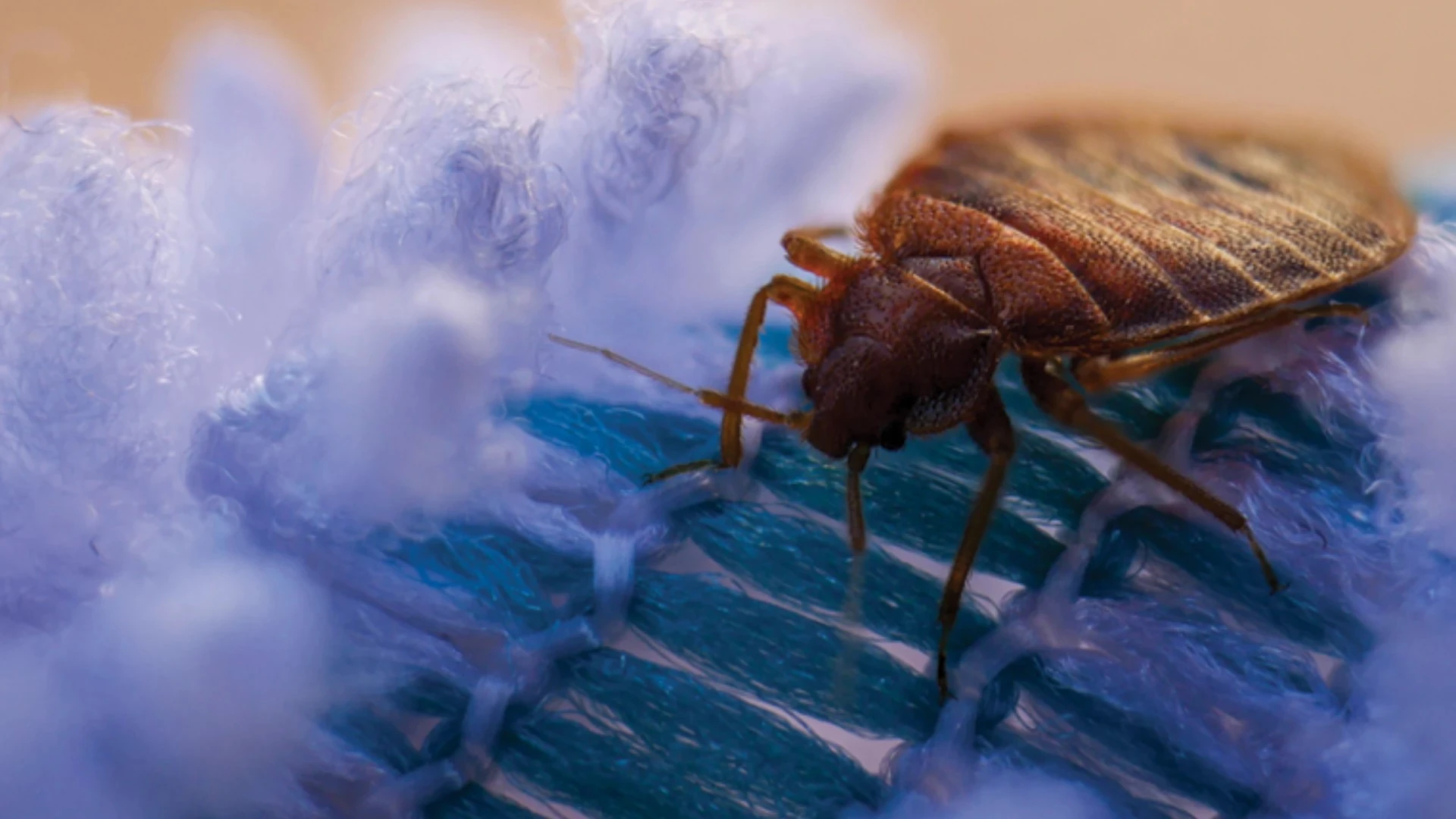Technicians skilled in subterranean termite treatments are generally aware of the many variables that must be considered when developing a management program. Building construction, termite species, extent of infestation, customer concerns and termiticide options are all factors that technicians are taught to take into account, but often less understood or considered is the impact of soil type on immediate and long-term treatment results.
It’s not that this area is neglected in the technician’s education but that there had been little research provided about the impact of soil types on termiticides. As noted in the ninth edition of the Mallis Handbook of Pest Control, "The influence of environmental factors suggests that professionals should assess job-to-job conditions in their area and adjust their treatments accordingly. Unfortunately, specific guidelines for making such decisions based on soil type, etc., are still rather unclear."
Fortunately, studies and analyses conducted over the last few years are bringing clarity to the impacts of various soils on the distribution and longevity of liquid termiticides. And from these, treatment guidelines now can be made for the adjustment of treatment to soil type and condition.
*****
Six Standards for Success
Provide a successful liquid treatment against termites taking into account soil type and condition with a few general guidelines:
Check for soil type and moisture against the foundation and at various points around its perimeter. The soil in the yard or a garden 10 feet away can be completely different than that against the structure, and soil can vary on different sides or levels of the structure, particularly if the resident has a bordering garden or mulches or the land slopes along the building.
Always check footer depth and treat as far down as needed for protection (per label directions). Again, sloped landscaping can require varying trench and/or trench and rodding depths at varying points around the structure.
Check the weather before starting treatment. If precipitation is expected, you will need to postpone treatment to ensure against the termiticide running offsite or being washed away.
Do not treat frozen or saturated soils, as they cannot absorb the compound.
Mix the compound thoroughly and put out the right amount. Even if you’ve been conducting termite treatments for years and have a "feel" for the applied volume, you should measure your flow regularly with a flow meter or by timing how long it takes to fill a 4-gallon bucket.
If the soil is sloped, make dams every 18 inches or so to keep the termiticide from running downhill.
*****
Soil Type. Two of the greatest factors impacting soil treatment are the composition variances between sandy and clay soils and the aggressive factors of some soils.
Dispersing liquid termiticide into some sandy-chalky soils can be likened to putting water on wax paper, said Bob Davis, market development specialist for BASF. In addition, some heavy clay soils can impede thorough dispersion of the termiticide/water carrier, which can lead to poor penetration and runoff of the finished dilution away from the treated trench or soil.
As such, the primary guideline is to understand your soils and, Davis said, "Adapt what you’re doing to match the soils that you have." For example, to compensate for the lack of absorbency of a clay soil, Davis recommends decreasing the ratio of water to termiticide (within label specifications) and increasing the concentration of termiticide applied. By doing so, he said, "You use half the water carrier but the same amount of chemistry to protect the structure."
Moisture. While there can be vast differences between sandy and clay soils, a study by Chris Peterson, research entomologist, USDA Forest Service, found that there is little to no difference in the immediate dispersion of a termiticide in loamy sand, silt loam and sandy loam soils. "The soil type didn’t have a very large effect on how deeply the compound penetrated in the first 24 hours," Peterson said. However, he added, "when the soil moisture was increased, we got deeper penetration."
While this study was conducted using sub-slab treatment rates rather than perimeter treatment rates, Peterson said that he would expect the effects of soil type and moisture to be analogous either way.
Moisture is one of several traits of an "aggressive" soil, defined as having high pH; high amounts of organic matter, fungus, bacteria or moisture; and/or a warm temperature. Such soils may be more aggressive toward termiticide active ingredients, because these factors can cause or increase the speed of microbial degradation of the termiticide. The results of Peterson’s moisture research show it to impact termiticide penetration as well. With deeper penetration, the initial barrier is thicker and more resistant to disruption, but it is of lower concentration and more likely to degrade faster, he said. With lesser penetration, the barrier is thinner but of higher concentration.
Moisture is a critical factor in termiticide dispersion, Davis agreed, and it is a factor that the technician should assess just prior to making any application. If the soil is so saturated that it won’t take any more water, you should reschedule your service to another day. A good way to check this, he said, is to use the squeeze test. Pick up a handful of the soil. "If you can squeeze it and water comes out, it’s pretty saturated." If the soil is somewhat wet, but not saturated, Davis added, a treatment can be made, but the lower labeled amount of water carrier to a higher termiticide concentration would make sense.
Whether or not there is a concern of any of the aggressive soil characteristics, you can assess the soil type by testing a handful to see whether it is more loose and sandy or sticky and crumbly like clay. "A high clay content soil can usually be squeezed between your finger and thumb and used to make a ribbon. If it’s a great-looking loamy garden soil, it will be a nice soil to treat," Davis said.
Soil Aggressiveness. On the other hand, because presence of high amounts of organic matter can be detrimental, an area that has been gardened for several years can contain high organic bacteria. While this content can provide a healthy environment to help plants grow, Davis explained, "those can also be aggressive against some active ingredients."
While it is generally unnecessary to assess high pH through soil sample testing, generally available through a local or state extension service or university agronomy lab, this may be worthwhile if you have a site with recurring problems, Davis said.
To work with aggressive soils, "that might be where you want to use the higher active ingredient percentages; in other words, use more chemistry," Davis said. "You want to start with more chemistry because (the active ingredient) is going to degrade faster in aggressive soils."
Compensating for aggressive or clay soils also can mean reducing the spacing of rods, Davis said. While you should never exceed the maximum label spacing, rodding closer together can enhance distribution and guard against treatment gaps in heavy clays and strengthen longevity in aggressive soils. "We’re trying to load the soil next to the structure to provide immediate and long-term protection. A higher active ingredient load will compensate for enhanced degradation," he said.
Consistency. With soil type and components assessed, the most important thing for successful termite management is a consistent treatment, said both Davis and Peterson. While Peterson understands how easy it can be to inadvertently vary the application rate or leave a gap, he said, "You need to be sure you’re applying the compound evenly. Any variability in how you treat could result in a failure and then a callback."
Davis recommends that the perimeter be treated in 10-foot sections: Dig the trench; walk off 10 feet; treat the section; fill it; level it; then move on to the next section. "If you do that," he said, "by the time you’re done, you’ve got a good, solid, consistent treatment all the way around the structure."
To ensure longevity of a treatment, Peterson also recommends that technicians caution homeowners and landscapers that anything they do with the soil after treatment could disrupt efficacy. "Any soil disturbance that the homeowner or a landscaper will do to that perimeter can interrupt that barrier and allow termites to get in," he said.
Giving the examples of a homeowner replacing a water pipe or a landscaper removing treated soil and replacing it with mulch, Peterson recommends that technicians advise customers to be sure that when any treated soil is removed, it be replaced in the original location, or the section be retreated to ensure against any gaps in the barrier. "When we see a failure within the first few years, it’s usually because of some sort of soil disturbance — it’s because someone has come back later and done something."
"There are a lot of things we can’t control, but the things we can control, we need to be very good at," Davis said. "If we mix right and put out the right volumes the way we’re supposed to and start correctly with a great treatment, then we’re going to be much more successful."
The author is a frequent contributor to PCT. She can be reached at llupo@giemedia.com.

Explore the February 2010 Issue
Check out more from this issue and find your next story to read.
Latest from Pest Control Technology
- Rentokil Terminix Expanded in Key Markets with 2024 Acquisitions
- In Memoriam: Joe Cavender
- Certus Acquires Green Wave Pest Solutions
- Liphatech Adds Alex Blahnik to Technical Team
- Do the Right Sting: Stinging Insect Identification, Management, and Safety
- VAGA's 8th Annual Veterans Thanksgiving Appreciation Dinner
- Clark's Blair Smith on the Response to Increased Dengue Fever Cases in Southern California
- WSDA, USDA Announce Eradication of Northern Giant Hornet from U.S.





